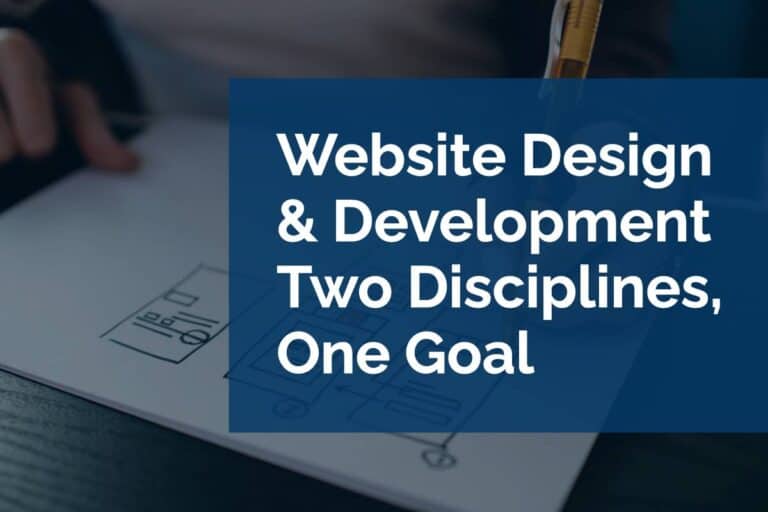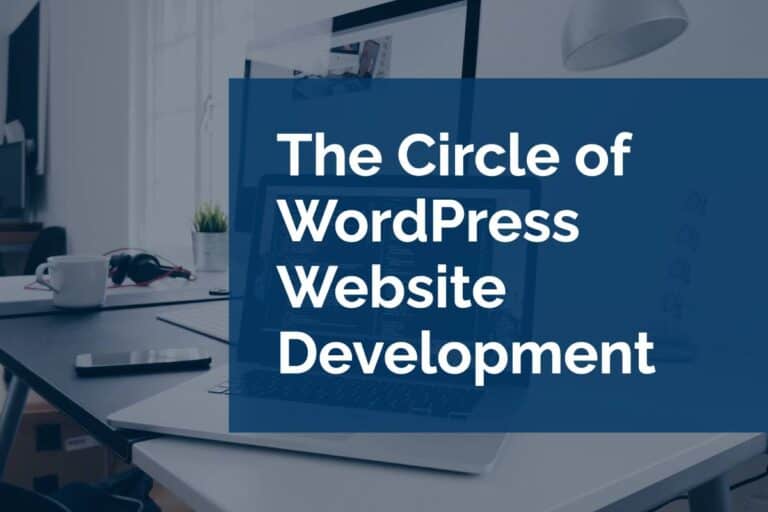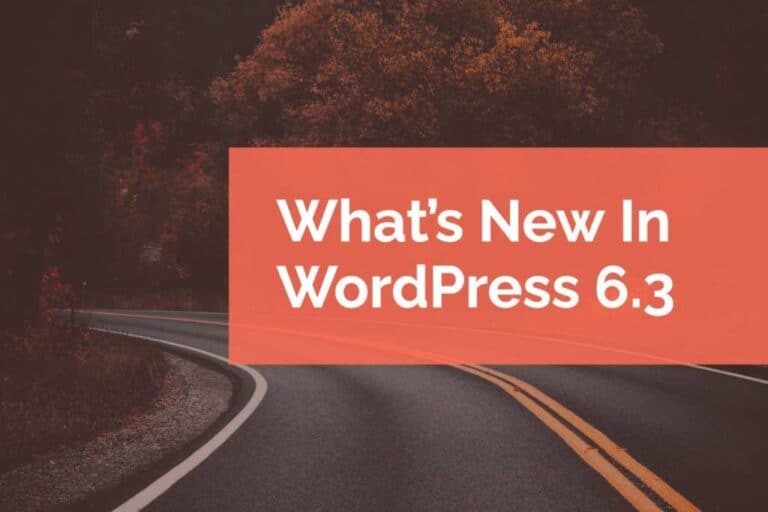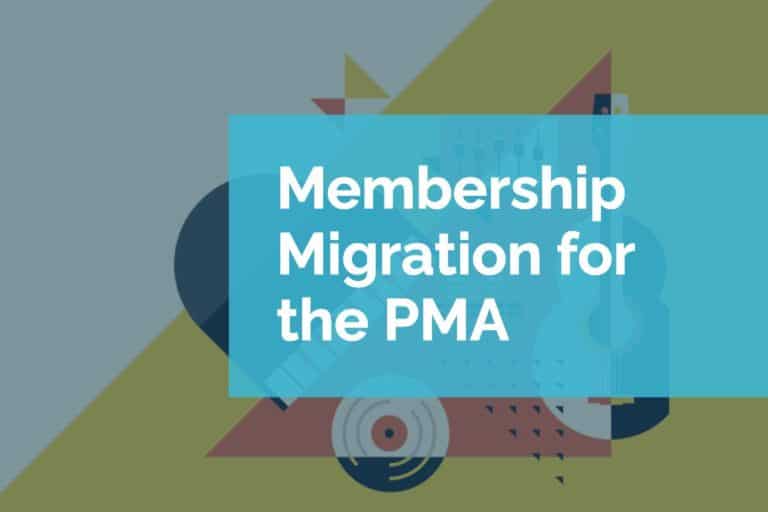The Importance of Image Optimization for your Business Website
When we perform website audits, image optimization is a frequent cause of poor page speed scores. Addressing image optimization is one of the few optimization tasks that you can tackle with a solid workflow as opposed to needing a development solution. It not only increases user engagement in a significant manner but also helps you in your search engine rankings. Don’t believe us? Research shows that more than half of all site visitors expect a page to load in less than 3 seconds. And if a site takes longer than 4 seconds to load? Roughly 70% of visitors will have left the page before the load is complete.
Why Image Optimization is Important
Image optimization plays a significant role in website speed. As opposed to text or embedded videos from a third party site, images hosted on your server are definitely larger in size, and that size takes longer for your page to load. Think of it like carrying a sack of groceries home from the store. A small bag of grapes is easier to carry than a big bag of potatoes. The metaphor extends to website page load speed as well; large, heavy elements like hi-res photographs take longer for the browser to load than smaller, lighter elements like text.
This delay causes your visitors to continue to wait until the images load, which often frustrates them or simply causes them to close the page altogether.
Why Images are Important for a Website
A picture is worth a thousand words.
That couldn’t be more accurate than when it is put to use in online properties.
As a digital representation of your personal or professional brand, your website has to connect to your users on an aesthetic and emotional level. And while text is crucial to storytelling and branding, images are inarguably effective at creating a connection with your site visitor.
Through your website’s headers, banners, and backgrounds, images can set the mood for your website visitor as soon as they land on your site. Visitors can be visually told through images what to expect out of your website without you having to announce it explicitly.
For example, if you sell products through your website then images are that much more important. Text-based product descriptions are important for sure, but when is the last time you bought an article of clothing or a new gadget or chose a movie to watch based on description alone? By the strategic use of images, you can make sure to inform your potential customers about your product offerings and garner their attention.
How Image Optimization Helps Your Website
A balanced use of images is important for your website, and a balanced optimization of those images is just as imperative for a lower website load time. Image optimization creates a better user experience and has a positive effect on search engine rankings.
With faster complete load times your website visitors don’t have to wait around to get the information they want or get the full vision – literally – of how your site is designer. Rather than waiting for images to load after the text or other element, your visitors will see the full version of your website…as you intended in the first place.
What an Absence of Image Optimization Looks Like
Imagine this: Like many of us, you enjoy shopping online. And also like many of us, visual cues are the most important driving factor in making purchase decisions.
But the images on the online store you’ve chosen are taking too much time to load. What do you do? You close that tab and move onto another store which delivers its images faster.
That’s right: slow-loading websites don’t just experience higher abandonment and bounce rates, they also experience brand degradation and loss of reputation as potential customers flee for another option. Customers will only be loyal to your brand and visitors will only be interested in your client if they are able to access it quickly. Otherwise, there is almost always another option for them just around the online corner.
The Issue Affects a Large Variety of Website Owners
This isn’t just a problem for online stores. Your backgrounds, banner images, and photos placed throughout an article can all be sources of unoptimized images.
That is why the problems faced in image optimization hold true for websites including but not limited to:
- Those which provide a professional service (plumbers, electricians, or construction companies)
- Businesses that offer supplemental services to other businesses (software developers, accounting firms, or graphic design firms)
- Photographers that have to showcase their work (those who specialize in segments such as a wedding, professional, or family photography)
- Segments that have to provide a visual portfolio (caterers, interior designers, or fashion designers)
Websites which take more than 3 seconds to load lose more visitors with each passing second. Since optimized images help decrease a website’s load time, taking care of this issue can help you retain your visitors on a long term basis.
How to Optimize Images on a Website?
There are various ways to optimize your images for better load time and user experience. And while each of the suggestions below can be very effective, image optimization is best accomplished through a comprehensive and repeatable combination of tools and processes. That is to say, optimizing the larger files on your website is a continual process, not an endpoint to reach and then ignore.
Resizing
This method is as simple as it sounds, but it’s a big part of making sure that your images take less time to load.
If you have high-resolution images, then you can simply reduce them to a smaller size before you upload them to your website. It may take some time on its own, but it contributes greatly to reducing the image load time. And while resizing manually does add a step, there is a benefit in knowing the size and format of the content you are adding to your site. Far too often we see a client’s filesystem and database expand to an outrageous size only to later learn that they’d been uploading high-resolution images on a regular basis. And there is no reason to serve up an image that is dimensionally larger than needed. Often, you’ll find websites load a 1200 pixel wide image into a 300 pixel wide space.
Compression
Some website developers use the method of compressing their images manually before uploading them to their server. Similar to resizing, this adds an additional step in the overall development and maintenance process. But, it pays off in the long run in terms of optimization of images. If you opt to compress files, however, be aware that a loss of resolution or fidelity is a possibility. As such, we recommend any ongoing compression be established with the help of a professional. They can set parameters and rules that keep your pictures looking sharp online while minimizing file size.
CDN
Adding a CDN to your website can be another great way to alleviate the weight of images on your site. A CDN, or Content Delivery Network, takes the resources you’re serving on your site and duplicates them across servers all over the world. This reduces the distance between access points and speeds delivery. CDNs are specifically designed to serve static assets like images, so you get a performance boost in their delivery. And because your web server doesn’t have to serve these static assets, it can focus on things it’s better suited for, like dynamic page generation.
Image Caching
Caching pages or parts of pages is another chief way to improve image optimization. If the heaviest component of your page are images and you can create a cache for that page. This can speed the delivery of the page and images.
File Type
Sometimes, changing your image file type can also go a long way in making sure that your image’s size is reduced. JPEG is the standard file type for images on a website, but it can also contribute to larger file sizes. A file type called WebP can reduce the image file size greatly by using advanced compression methods. WebP adoption has become more widespread and really speeds up deliver. Depending on the content of your images additional formats like AVIF may be an option. AVIF doesn’t have widespread adoption yet, but you may be able to serve AVIF conditionally. Your site structure and content may dictate different file types and provide improved results for page load speeds.
Plugins
There are a wide variety of WordPress plugins available to help a user optimize their images. Some of these plugins compress and resize images as soon as you upload them. Others use advanced optimization techniques which reduces the file size while retaining excellent image quality. Developers, including our team here at Pixel Jar, can help you configure plugins for the best implementation on your site.
In addition, plugins can deliver caching and CDN services for the website. Use caution when planning the services you want to use for optimizing images. It’s not beneficial to cache a cache and can cause you some unexpected conflicts.
Know What’s Available and Ask For Help
You can turn to any of these image optimization methods to optimize your website images by yourself. The most effective methods can be time-consuming or difficult to implement. Most website owners tend to turn to a combination of professional help and plugins for their image optimization.
Our team is always available to answer your questions. Reach out to us today!






